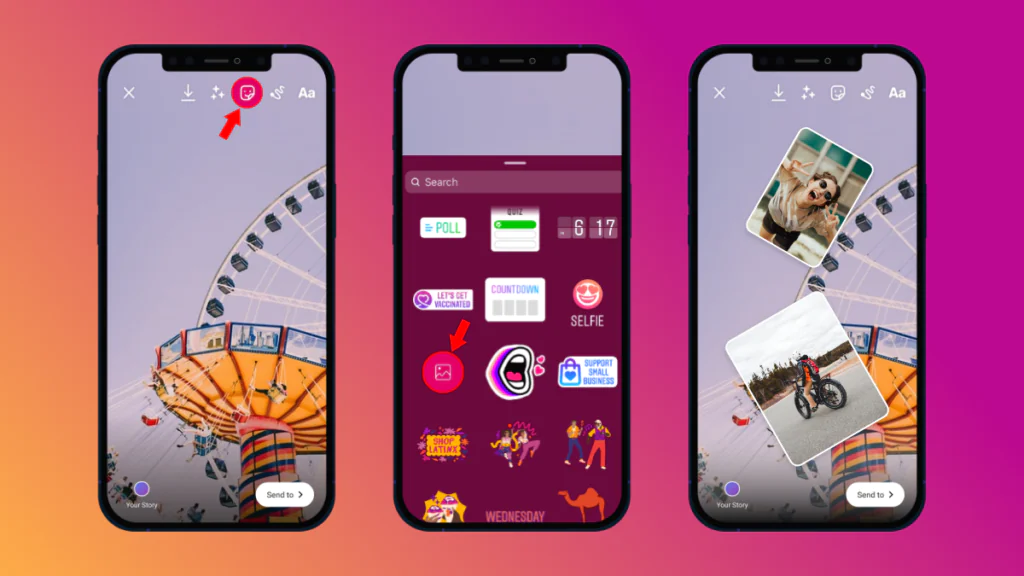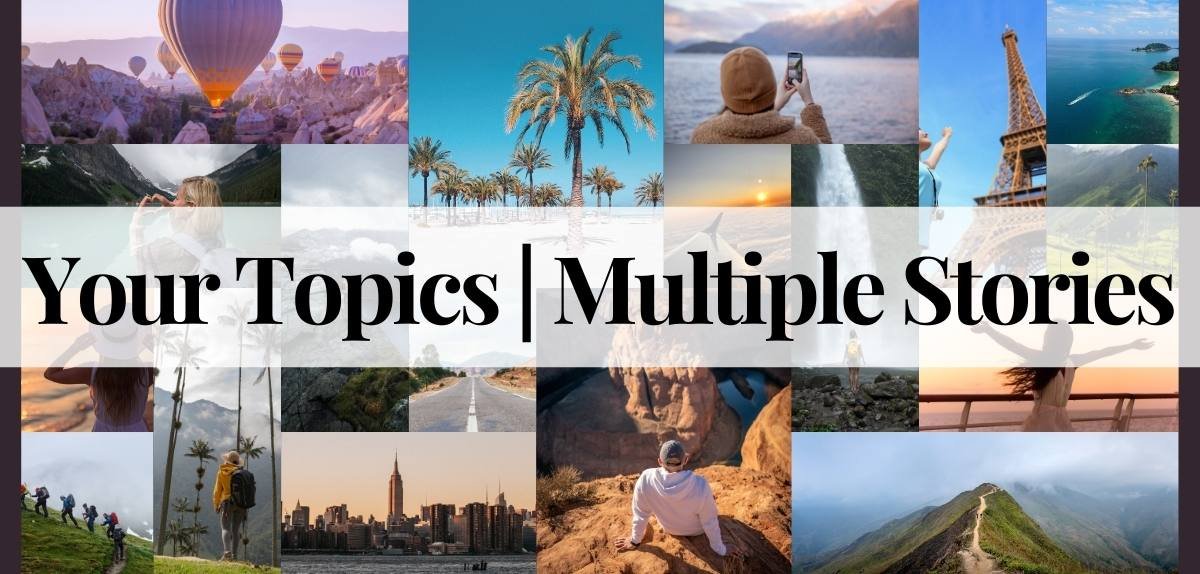
Your Topics | Multiple Stories
Exploring your topics often means diving into a world filled with creativity, diversity, and compelling narratives. The concept of multiple stories offers an intriguing lens to examine subjects that resonate across various themes, genres, and formats. Whether you are exploring personal experiences, cultural phenomena, or fictional adventures, the depth and breadth of storytelling can enrich understanding and connect with a wide audience.
In this article, we will explore the importance of storytelling across different topics, delve into examples of multiple story formats, and examine how this approach can inspire thought-provoking engagement.
The Power of Storytelling
Storytelling is one of humanity’s oldest forms of communication. It transcends cultures, languages, and generations, shaping perceptions, preserving traditions, and sparking conversations. Through multiple stories, the narratives we create can intersect and overlap, weaving a complex tapestry of ideas and emotions.
- Connection Through Stories: Personal and communal narratives foster empathy and a sense of belonging.
- Preservation of Culture: Stories help maintain cultural heritage and document history for future generations.
- Inspiration and Growth: Fictional and real-life stories alike inspire change, growth, and learning by offering new perspectives.
Multiple Stories Across Genres
1. Personal Narratives
Personal storytelling is a powerful way to share individual experiences. These stories often delve into themes of triumph, struggle, and self-discovery.
Example Topics:
- Overcoming challenges in mental health
- Life-changing travel adventures
- Stories of resilience in the face of adversity
2. Cultural and Historical Accounts
Cultural narratives capture the essence of traditions, beliefs, and societal transformations. Historical stories provide a window into the past, helping us understand the present.
Example Topics:
- Unheard voices from underrepresented communities
- Historical events retold through personal accounts
- The evolution of traditional art forms
3. Fictional Storytelling
Fiction opens the door to unlimited creativity. Stories from multiple perspectives within the same fictional universe can offer readers a multifaceted understanding of characters and events.
Example Topics:
- A fantasy series told from the perspectives of protagonists and antagonists
- Sci-fi stories exploring futuristic societies through diverse characters
- Romantic narratives showcasing different stages of love and relationships

Formats for Sharing Multiple Stories
1. Books and Literature
Collections of short stories or multi-narrative novels highlight diverse perspectives within a single theme or universe.
Notable Examples:
- The Canterbury Tales by Geoffrey Chaucer
- Cloud Atlas by David Mitchell
2. Film and Television
Anthology series, such as Black Mirror, showcase standalone stories connected by overarching themes. Meanwhile, films like Pulp Fiction interweave multiple storylines.
3. Digital and Social Media
Online platforms have revolutionized storytelling. Podcasts, blogs, and video series allow for serialized narratives or thematic collections that reach global audiences.
4. Interactive Storytelling
Games and virtual reality experiences bring stories to life by allowing the audience to influence the narrative.
Practical Tips for Crafting Multiple Stories
- Identify a Unifying Theme: Determine the central idea that connects the various stories.
- Diversify Perspectives: Incorporate different viewpoints to enrich the narrative.
- Develop Strong Characters: Whether fictional or real, relatable characters drive engagement.
- Leverage Multiple Platforms: Share stories across books, podcasts, blogs, or videos for broader reach.
- Focus on Authenticity: Ensure that stories are honest and resonate with your target audience.
Why Multiple Stories Matter Today
In an age of information overload, the ability to tell multiple stories is crucial for fostering meaningful dialogue. Stories help bridge gaps, break stereotypes, and spark collaboration. The diversity of narratives allows for a holistic approach to complex issues, encouraging readers and viewers to see the world through different lenses.
Whether you’re sharing stories about personal triumph, social movements, or imaginative worlds, the art of crafting your topics into multiple stories can make a lasting impact.
Conclusion
Your topics serve as the foundation for meaningful storytelling, while multiple stories create depth and engagement. By exploring different formats, genres, and perspectives, you can craft narratives that inspire, inform, and entertain. From personal experiences to cultural explorations and fictional adventures, storytelling remains an invaluable tool for connection and creativity.


